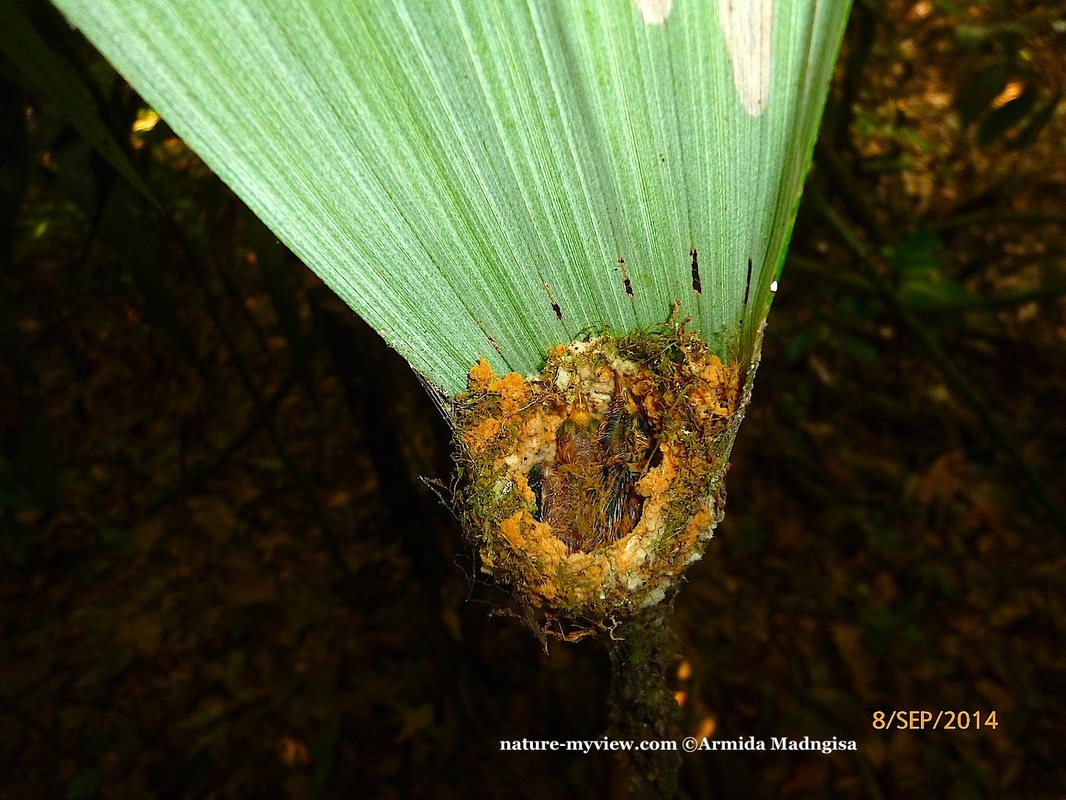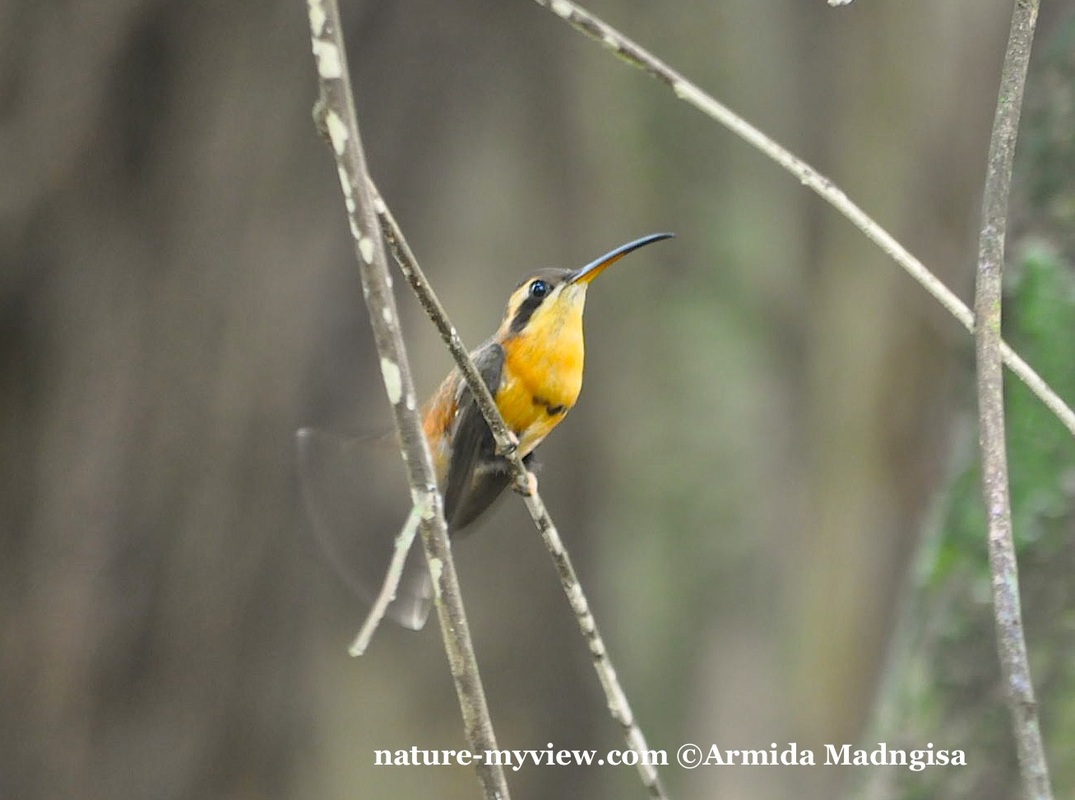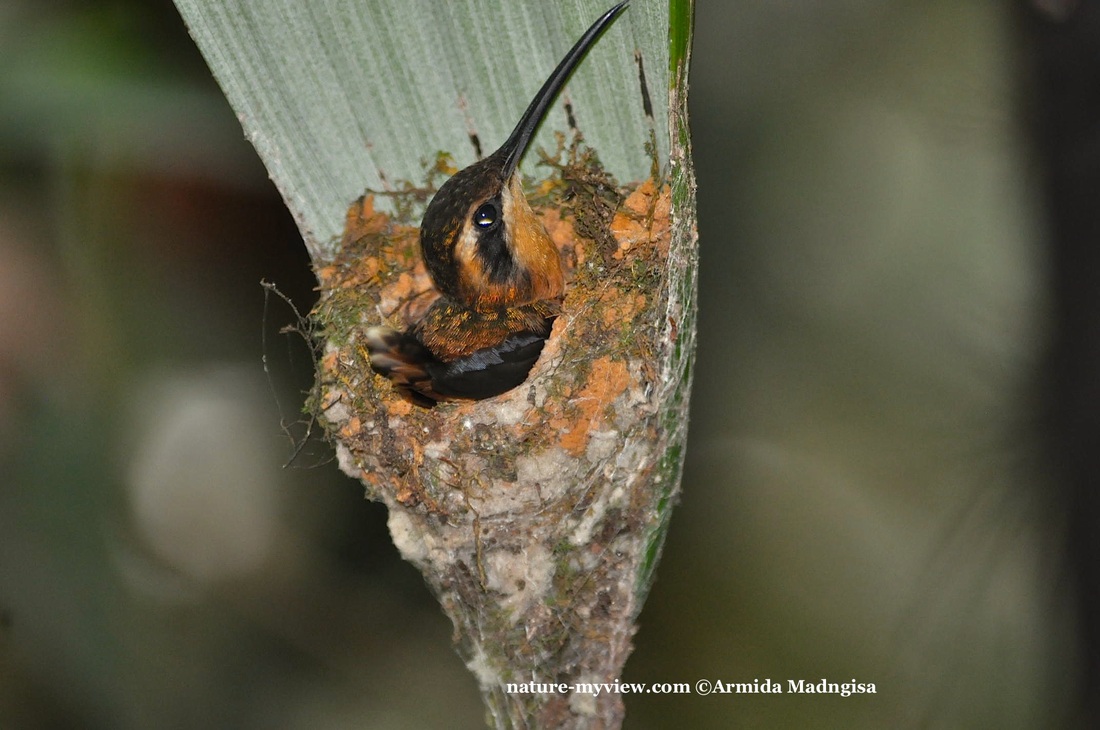|
About 6 months ago I introduced the ocelot family: Lotje, Boyke and Katja. All 3 cats are now part of the Kabalebo family. Accepted and respected by the entire Kabalebo staff.
In my first ocelot blogpost I had written that Lotje once again gave birth (February 2014). While she was taking care of her kitten(s) we all enjoyed the presence of her first born: Katja. Than on October 29, 2014 (last night) she decided that it was time to introduce her kitten to us. Thanks to the trap cams, that we still use, we could see how the newest member came into the 'picture'. Of course while I was looking at the short video's, flashbacks appeared of Katja back then. At least 18 months we witnessed how the first born grew into a beautiful young strong adult. I am already excited about the newest member. Second generation since I started with this project. ………. to be continued! Here are 2 still shot frames that I took from the trophy cam video last night (29.10.2014)
1 Comment
'Jungle flame' or 'Flame of the woods' is a flowering plant originally found in South-East Asia, but after being introduced it became the national flower of Suriname.
This flowering plant is in Suriname also known as the Fajalobi, symbolic for love, friendship, happiness, development & reality. As it grows easily in warm climates, the Fajalobi is a popular flower in Surinamese gardens and function very well as flower decoration. The flowers, leaves, roots and stem are also used to treat various ailment (in Maroon and Amerindian cultures) It is a cultivated flower that also found its way into Kabalebo. These flowers quickly adapted to their surroundings, attracting a lot of hummingbirds and butterflies. It was a very busy period. While I was observing the Reddish hermit and her little family, I also noticed that other hummingbirds were busy nesting: - Rufous-breasted hermit - Black - throated mango - Fork-tailed woodnymph Of course I also wanted to witness their incubation period, so this meant that I had to cover a lot of areas. I checked their nests after work, so I did not have to rush. In this post: the last week of observing the Reddish hermit nesting. - September 6, 2014: the feathers are now darker then before. Still both of the hatchlings' eyes are still closed. I did notice that the first born's beak is now a bit longer (starting to look like a little hummer) - September 8, 2014: the female is resting on a nearby branch. Now the nest is too small for both chicks. I can finally see that both of them can open their eyes. It was also possible that their eyes were already open, but that they were sleeping when I was there. - September 10, 2014: here is when I am getting worried about their nest. Will it hold? - September 13, 2014: it finally happened. When I arrived the mother was sitting on a nearby branch. The first born was sitting at the edge of the nest and ….. it started to fly. Not very far of course. It looked like it was doing some trial flights. - September 14, 2014: both of them were doing trial flights. This was also the last day that I visited their nest, because the next day they were all gone, leaving behind an empty nest.
It all happened so fast, from the discovery until the flying out part … but I am also very happy to have witnessed this all. Almost a week ago, I posted the first stage of the Reddish hermit's nest observation. As it is one of the smallest hummingbird, I've seen so far, I felt like I've just won the Jackpot after the discovery of her nest. Now that the first out of the 2 eggs already hatched, I also felt very excited. But all kind of questions also went through my mind: - Will it survive? - Will the second egg also hatch? - Shall I also witness how they'll fly out? In this post I would like to share how the incubation/feeding continued. As I don't want to disturb the female and her little family a lot, I decided to check on them 4 times a week instead of everyday. - August 29, 2014: when I arrived, the mother was outside her nest. The first born started to grow beautifully and .... the second egg had also hatched. Her family is complete. - August 31, 2014: both hatchlings were doing fine. Mother was nearby hawking for insects. - September 2, 2014: on this day I noticed that both hatchlings are starting to become beautiful little birds. Tiny feathers, but still a bit naked. Their eyes were still closed. I spotted the mother under some leaves, busy hawking for insects ... feeding time. - September 4, 2014: the little hummers are well being taken care of by their mother. Since they grow so fast, there isn't enough space for their mother to sit in the nest. So she sits outside close to her nest. Next week I'll post the last nest observation of this Reddish hermit family. Enjoy!
About 2 months ago, I wrote about the second smallest hummingbird, I've seen in Kabalebo: the Reddish Hermit. In this post I would like to share about their nesting. - August 24, 2014: during a hike in the Beechcrafttrail, one of our guides discovered a hummingbird's nest. After being informed, I went to see it for myself. after 20 minutes - slow pace - walk I also found it. Well hidden behind a prickly palm, made at the inside of a leaf. The nest was, as it seems to be, made out of cobwebs, moss and dead grass. Two tiny white eggs were inside. The female was sitting outside her nest, resting. - August 25, 2014: this time when I arrived, I found her sitting in her nest. She was facing the leaf with her head tilted to her back. - August 27, 2014: when I arrived, the female was outside her nest. I had a quick look inside her nest: 1 egg had hatched, the second didn't. Next week, I'll let you know how the nesting period ended. Enjoy!
|
Archives
June 2024
Categories
All
|

















 RSS Feed
RSS Feed